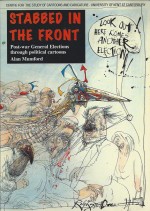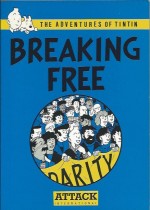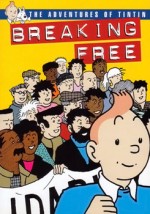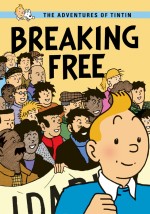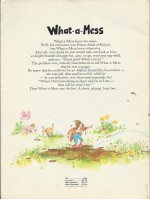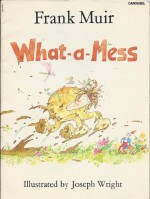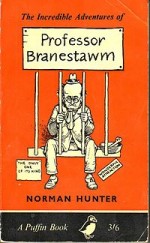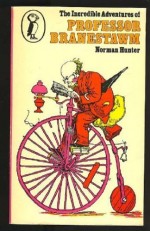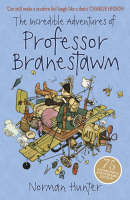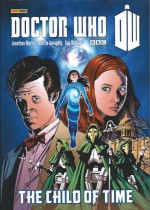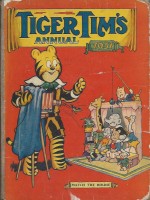
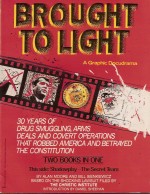
By Alan Moore, Bill Sienkiewicz, Joyce Brabner, Tom Yeates, Paul Mavrides & others (Eclipse Books/Titan Books)
ISBNs: 978-0913035672 (Eclipse),               978-1-85286-154-4 (Titan)
“It is lamentable, that to be a good patriot one must become the enemy of the rest of mankind†– Voltaire
There’s no more painful truism than Politics is Dirty Business, but as information has become more readily obtainable and widely disseminated from the 1980s onward, scandal after scandal has surfaced everywhere men of power play their games, seemingly impossible to cover up by administrations and regimes all over the planet.
This was never more common than in Ronald Reagan’s America.
No matter what else you may think of the Land of the Free, that’s one supreme advantage that their Inalienable Right to Free Speech gives them over so many other cultures. Still, that’s nothing a few judicious Plutocratic backhanders and dedicated lobbyists won’t one day fix, I’m sure…
As always us proud, dirty Liberals in comics got into the exposé act early and often, hopefully opening many young complacent eyes at just the right developmental moment…
While I’m unsure of the exact and total effect of comic condemnation as opposed to legal sanctions and official reprimands, I am utterly certain that politicians eventually have to listen to the people who vote them in and out, so the power to arouse Joe Public is one I completely appreciate and respect – even if these days there’s an apparent campaign of legalised disenfranchisement being steadily carried in the once-civilised west…
During the Reagan Era, many of the poisonous pigeons of previous administrations finally came home to roost and a high-profile legal case involving a CIA operative accused of blowing up journalists in South America first cast a very unwelcome light on US covert operations in sovereign nations.
However, even after very public hearings and a torrent of media scrutiny, nobody particularly high up was ever punished, and those middle-rankers actually convicted of crimes were soon Presidentially pardoned…
The Christic Institute, a “Public Interest†law firm which had successfully tackled the Nuclear Power industry on behalf of Karen Silkwood, the Ku Klux Klan, institutionally corrupt Police Departments and the American Nazi Party, finally met their match when they tried to use Rico (Racketeer Influenced and Corrupt Organizations Act) Laws to expose clandestine elements of the Administration which wilfully circumvented the Senate, Congress and the Constitution in pursuit of their own illegitimate goals.
Prior to that they had acted upon the behalf of American reporters Tony Avirgan and Martha Honey when they brought suit against the covert, unsanctioned CIA agents who had been working with right-wing terrorist groups – Contras – and even destabilising democratically elected socialist governments in Central America.
Devised as a “Flip Book†with two separate stories joined back to back, I’ve decided to start with ‘Flashpoint – The La Penca Bombing’, constructed from legal affidavits and the journalists’ own accounts by editor/scripter Joyce Brabner and illustrated by Thomas Yeates.
Beautifully rendered with stylish aplomb, this tale of cynical, institutionalised malfeasance documents the growth of a clandestine wing of operatives designed to work beyond the oversight of Congress to make America safe by any means necessary. It opens by covering the fall of Cubato Castro and Vice-President Nixon‘s illegal formation of a Contra-revolutionary army to take the island back for the Mafia bosses who had previously run it. This led to the gradual growth of an illicit anti-communist “Secret Team†which would perpetrate and facilitate countless acts of terrorism across the continent and incidentally create most of the trade routes and contacts used by drug cartels for the next fifty years.
In 1980 President Reagan had authorised the CIA to fund, train and supply “Contras†in Honduras with the intention of unseating Nicaraguan revolutionary Eden Pastora – “Comandante Zero†– who had overthrown the regime of corrupt Right Wing reactionary President Anastasio Somoza in 1978.
When he refused overtures to work with the CIA, Pastora became a prime target for the Secret Team which consisted of obsessive American patriots, anti-communist thugs and career criminals. It was decided that assassination was the most expedient solution…
The focus then switches to Avirgan and Honey, whose latest overseas assignment saw them and their family transfer fromAfricatoCosta Rica. In 1984, as part of their news brief, Avirgan attended an international press conference held by Pastora in La Penca where the disillusioned Nicaraguan leader was stating his new aim and denouncing his erstwhile comrades who had abandoned their revolutionary principles and started cashing in…
Comandante Zero narrowly escaped death in a huge bomb blast which, according to figures at the time, killed 8 and brutally maimed another 28 journalists.
In the aftermath the recovering Avirgan and Honey began diligently investigating the hitman who caused the blast and overturned a can of worms which changed America’s conception of itself. Eventually they resorted to litigation, exposing key players to piercing public scrutiny in the groundbreaking case of Avirgan vs. Hull. The CIA agent was only one of more than twenty covert American operatives involved in the network and who would all figure prominently in the later Congressional Investigations and Tower Commission reports we know today as the Iran-Contra Scandals.
…And of course the Secret Team struck back in their own time-honoured and so-very effective ways…
“Patriotism is the willingness to kill and be killed for trivial reasons†– Bertrand Russell
This documentary foray into the underprovided genre of graphic activism alternatively undertakes a sublimely surreal and devastatingly memorable tutorial as Alan Moore and Bill Sienkiewicz transform the dry facts of redacted history into a masterful and impassioned satirical blast against the unsanctioned status quo with ‘Shadowplay – The Secret Team’.
A guy walks into a bar and cosies up to a smug, drunk and pompously bloated American Eagle. Soused and soured, the repellent fallen symbol begins to boast and babble of the things he and his guys at The Company have been proud to do to keep America Strong and Free since WWII…
Acerbic, biting and miraculously packed with astoundingly copious information, this is a visual tour de force which sublimely demonstrates the unmatched ability of comics to convey hard facts, inform by implication, and even shade tone and timbre. Translating the most dry and dusty detail to beguiling, unforgettable truths, the battered old bird reveals the complete history and exposes the many sins of the Central Intelligence Agency from Pinochet to Noriega, Vietnam to Iran and all over South America in a litany of horror too incredible to be made up…
A supremely evocative counter-attack against the unsanctioned dark forces which have committed innumerable atrocities in the name of the American People, this immorality play still has terrifying resonance to today’s world and remains one of the most bleakly lovely exhibitions of sequential narrative ever produced.
This striking chronicle also includes text pieces from attorney Daniel Sheehan and author Jonathan Marshall and extensive creator biographies plus a ferocious cartoon history – ‘Ailing World’ – of America and a world map of ’30 Years of Covert Action: Brought to Light’ from underground cartoonist and political activist Paul Mavrides, relating many of the CIA’s past “successes†in election tampering, drug trafficking, assassination and other less definable exercises in democracy.
© 1989 Eclipse Enterprises, Inc. Flashpoint: the La Penca Bombing © 1989 Joyce Brabner & Thomas Yeates. Shadowplay: the Secret Team © 1989 Alan Moore & Bill Sienkiewicz. Ailing World & Map of Covert Operations © 1989 Paul Mavrides. All other material © 1989 the respective creators/owners.

